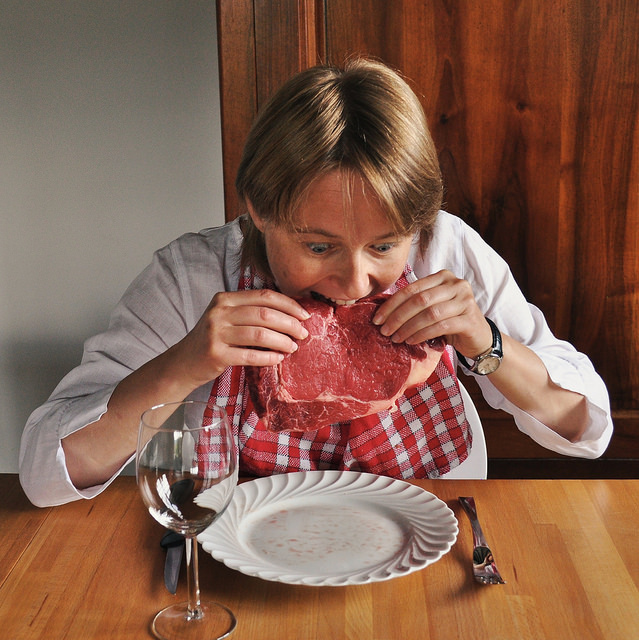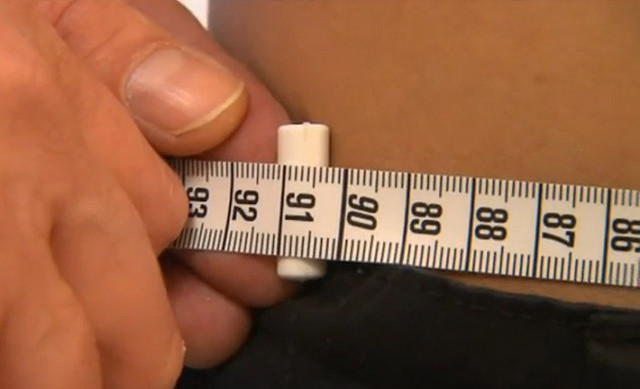Share the post "Diet Meal Plans: Atkins Diet"
The Atkins diet has been around for years, and sounds good at first glance: limit the carbs and boost the protein. Even so, the diet doesn’t monitor fat intake while forcing the body to turn to glycogen stores to burn fat. While many people experience weight loss, there are serious complications that can result.
The Atkins Four
- Phase 1 (Induction). In this first stage, which lasts about 2 weeks, your diet plan meals will include no-carb recipes. You can eat as much as 20g of carbs each day, but this is where you really want to limit those starchy foods. This is because you want your body to become accustomed to using fat as energy, not carbs. This is when a lot of people really start to shed those pounds.
- Phase 2. Your carb allotment for each day is increased to 25-45g. It’s all about easing back into those carbohydrates slow and steady. Even so, when the carbs come back after severe restriction, the pounds often do, too.
- Phase 3 (Pre-Maintenance). Here is where you will want to establish a healthy relationship with carbs so that you can keep your weight steady. Many of your diet meal plans will help you to challenge those “bad foods” by working them into your in moderation. In this stage, you try to lose those last few pounds.
- Phase 4 (Long-Term Maintenance). Here is where those diet meal plans will really prove themselves. At this point in your participation with Atkins, you should know how many carbs are best for your body and weight goals. You are now free to enjoy the diet meal plans (carbs and all) in a way that nourishes you and keeps your weight in check.
The Atkins Free Diet Meal Plans
The Atkins diet believes that the overconsumption of carbs is what has resulted in our extreme weight gain. That’s why their plan amps up the protein. Less carbs and more protein helps you achieve that “full” feeling without overconsuming calories. By cutting carbs at the start and then slowly reintroducing them back into your diet, you can learn how to feed your body without relying on so many starchy foods. Atkins focuses more on proteins and fats to achieve weight loss. However, it’s mostly the depleted glycogen levels and water that’s helping people shed fat.
The Atkins diet emphasizes cutting back on refined carbohydrates, but participants are allowed to eat read meat, butter, cream, and cheese. Because it’s a low-carb diet, fruits and veggies are limited, which may restrain you from achieving your ‘5-a-day.’ As with many free diet meal plans, experts warn about the health risks, such as:
- Compromised bone health
- Decreased energy
- Increased fatigue and dizziness
- Bad breath and dry mouth
- Constipation and bowel issues (lack of fiber)
- Nutrient deficiencies
- Higher heart disease risk (more saturated fat)
Before you decide to try any free diet meal plans, discuss the risks with your primary care physician.
Share the post "Diet Meal Plans: Atkins Diet"









 EN
EN  RU
RU